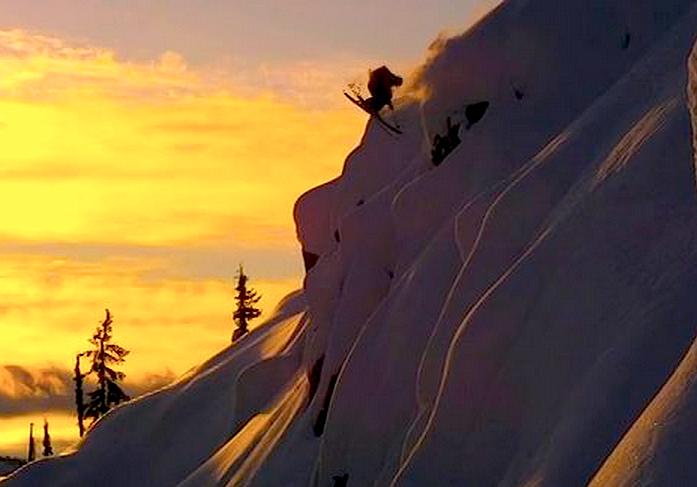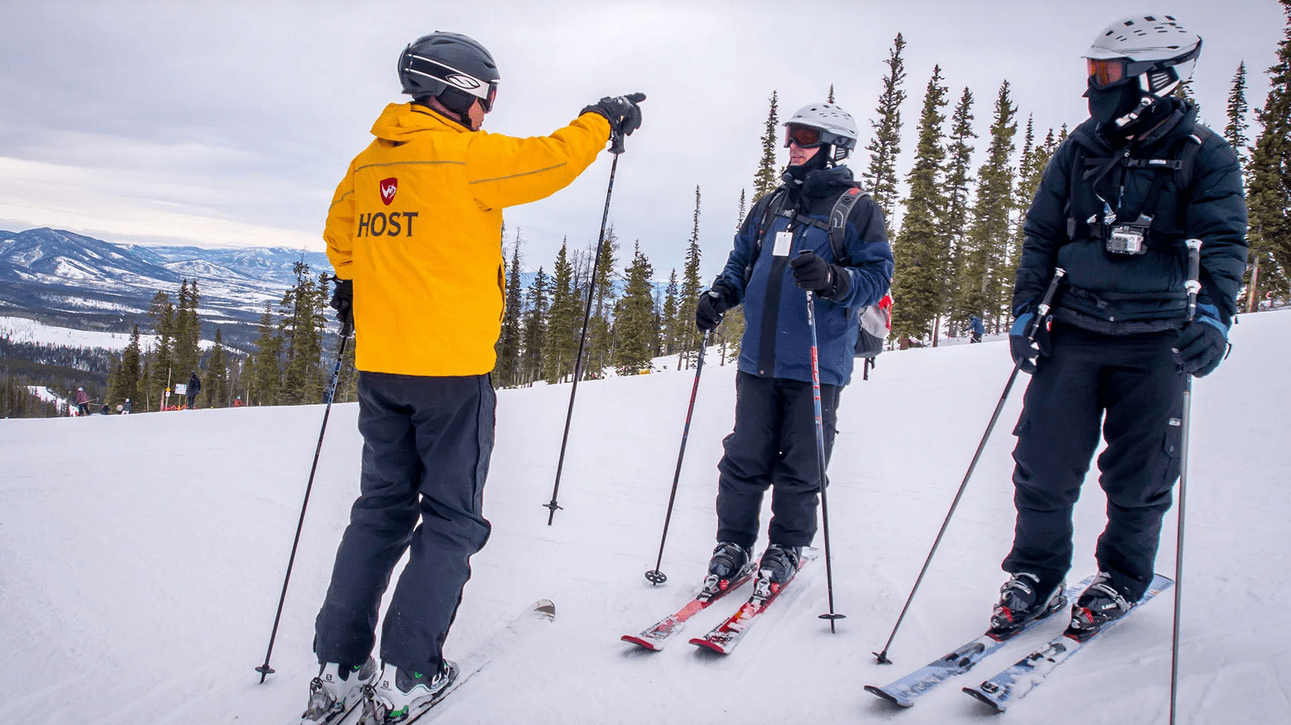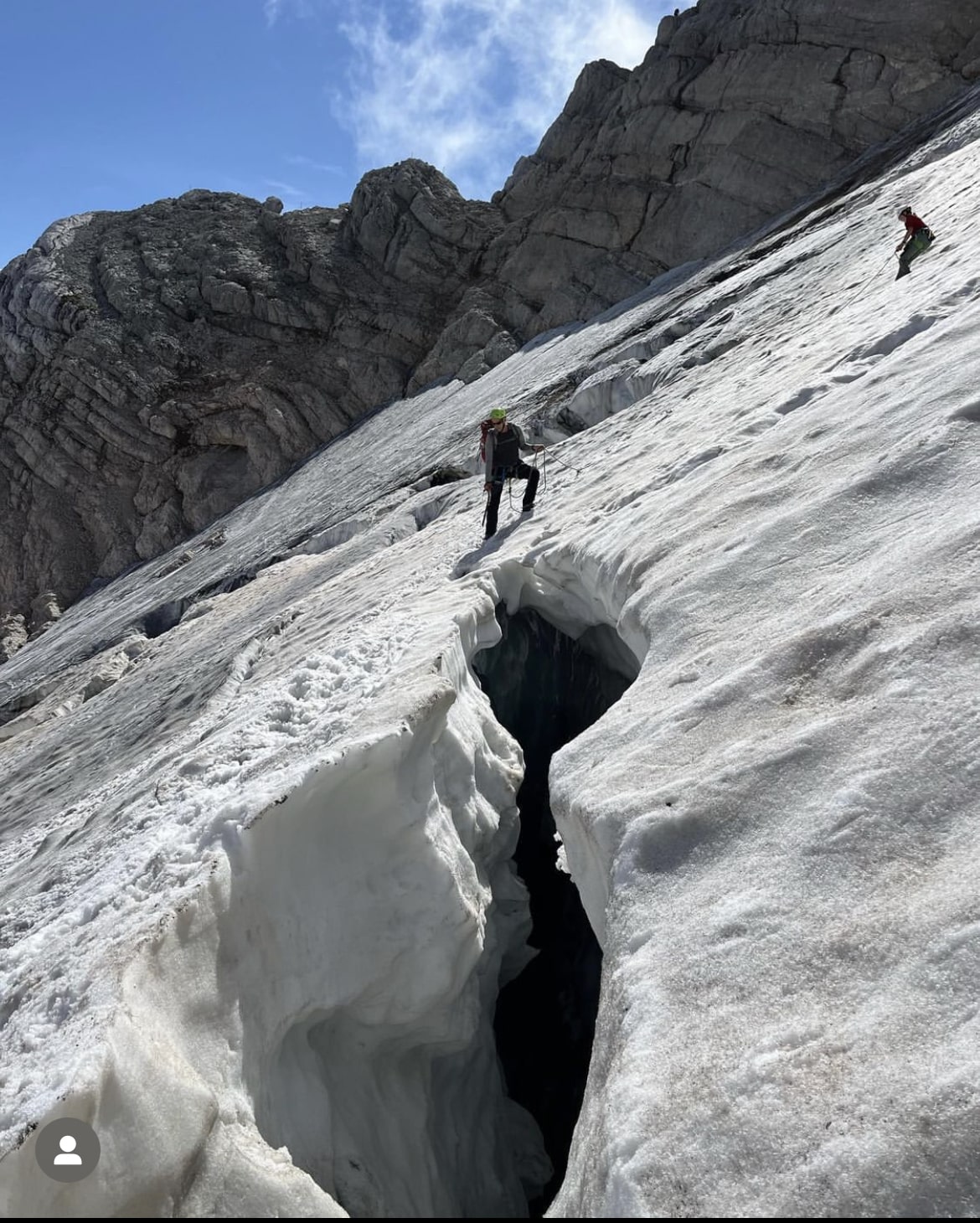
As the current drought continues to grip California and the West, water is in high demand, and groundwater is being drawn out of aquifers at substantial rates. As groundwater in California’s San Joaquin Valley continues to be pumped from the ground for agriculture and industry, it is lowering the elevation of the valley, and possibly building up the Sierra Nevada’s. According to a recent article in the Sierra Sun on a study performed by the University of Nevada Reno, groundwater withdrawal in California’s Central Valley may be uplifting the surrounding Sierra Nevada and Coastal Mountain ranges.

Currently water in the San Joaquin Valley Aquifer is being withdrawn faster than it is being replenished, about 40 trillion gallons of water have been pumped out of the aquifer over the last 150 years, that is about equal to all of the water in Lake Tahoe. As a result, the valley has shrunk dramatically in elevation over the last century. And with all the water being removed from the aquifer, a lot of weight is being removed from the ground as well, and in turn is lessing the load on the lithosphere, the layer associated with the earths crust. With all this weight being pulled off the lithosphere, the rock under the Sierra’s is rebounding and has began to rise up as a result. Using GPS (Global Positioning System) measurements, researchers at the University of Nevada Reno estimate that the Sierra Nevada’s are rising on average 1-3mm per year. While that doesn’t sound like a lot, in geological time frame it is huge, as mountains often take hundreds of thousands to millions of years to form. It is currently estimated that the Sierras have risen as much as six inches in the last 150 years.
 While the change in elevation of the Sierra’s over the last 150 years does not seem dramatic by any means, it says a lot about humans effect on the environment. Something as simple as draining aquifers can in turn build mountains. Humans have been changing earths landscape for centuries, an are now potentially doing so on such a massive scale we are building mountains. More information on this study can be found in the academic journal Nature.
While the change in elevation of the Sierra’s over the last 150 years does not seem dramatic by any means, it says a lot about humans effect on the environment. Something as simple as draining aquifers can in turn build mountains. Humans have been changing earths landscape for centuries, an are now potentially doing so on such a massive scale we are building mountains. More information on this study can be found in the academic journal Nature.






Whoa, thats insane.